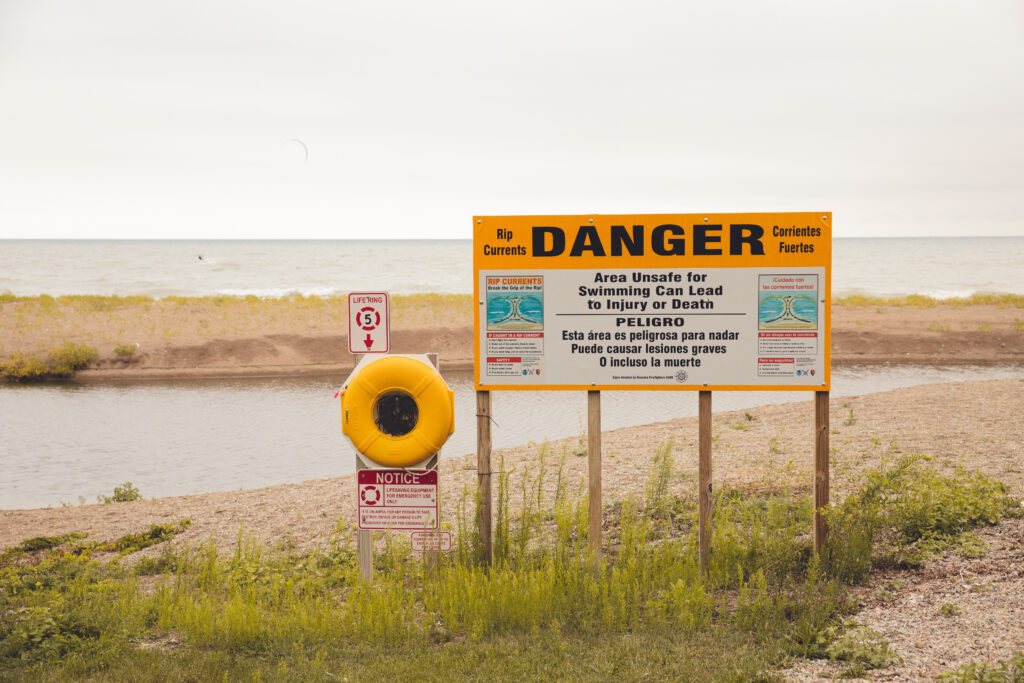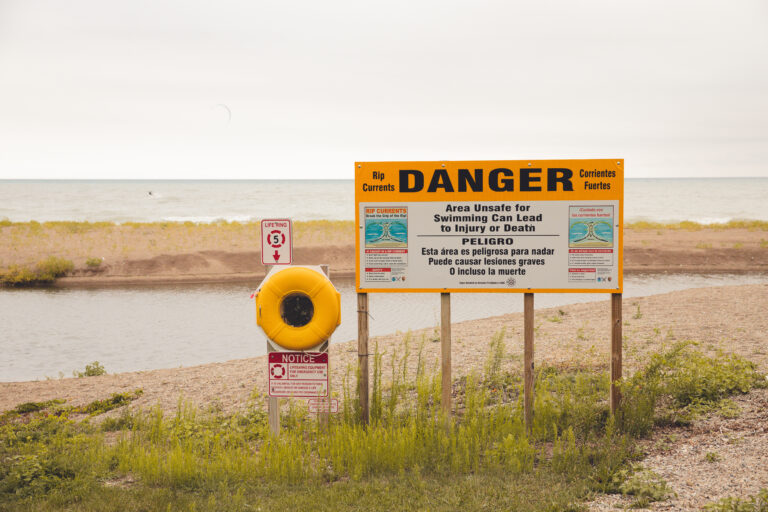
When you’re out on the water, whether for work or leisure, understanding weather alerts and warnings is essential for staying safe. One of the most critical alerts you might come across is a “Special Marine Warning.” In this article, we’ll break down what a Special Marine Warning is, why it’s important, and what steps you should take if you ever encounter one.
What is a Special Marine Warning?
A Special Marine Warning (SMW) is an urgent weather warning issued by the National Weather Service (NWS) to alert boaters, fishermen, and other marine users of hazardous conditions that could threaten safety. Unlike regular marine forecasts, which provide general weather updates, Special Marine Warnings are more immediate and are issued for specific weather events that are happening or expected to happen in the near future.
These warnings typically cover severe weather phenomena such as thunderstorms, tornadoes, waterspouts, and other dangerous conditions that could impact marine travel. The purpose of an SMW is to provide timely information so that individuals on the water can take necessary precautions to protect themselves.
Why is a Special Marine Warning Important?
Special Marine Warnings are vital because they provide real-time alerts for dangerous weather conditions, giving mariners a chance to respond quickly. Here’s why these warnings are so crucial:
- Protecting Lives: Severe weather conditions like strong winds, large waves, or even tornadoes can be life-threatening for those out on the water. The Special Marine Warning allows boaters to take immediate action to avoid harm.
- Avoiding Property Damage: Boats and equipment can be seriously damaged by extreme weather. Being warned ahead of time allows you to move to safer waters or dock before damage occurs.
- Informed Decision-Making: With a Special Marine Warning, you can decide whether it’s safe to continue your journey or if you should delay your plans to avoid dangerous conditions.
What Triggers a Special Marine Warning?
Several weather events can trigger a Special Marine Warning, including:
- Severe Thunderstorms: Thunderstorms can bring high winds, heavy rainfall, and lightning. These can create hazardous conditions for vessels on the water, making them difficult to navigate safely.
- Tornadoes and Waterspouts: These powerful rotating columns of air can form on water and cause significant damage to vessels. Waterspouts are often associated with thunderstorms, so a Special Marine Warning will be issued to alert mariners of the potential threat.
- Strong Winds: Wind gusts above 35 knots (about 40 mph) can be dangerous, especially for small vessels. These winds can capsize boats and create hazardous wave conditions.
- Hail: Large hail can damage boats, cause injuries to people on board, and reduce visibility for navigation. A Special Marine Warning can help mariners avoid these conditions.
How to Stay Safe During a Special Marine Warning
If you’re on the water and receive a Special Marine Warning, it’s important to know what actions to take to stay safe. Here’s a simple guide:
1. Stay Informed
Make sure you have a reliable way to receive weather updates, such as a marine radio or a weather app on your smartphone. In the event of an SMW, these devices will alert you to any immediate dangers.
2. Head to Safe Waters
If possible, steer your boat toward a safe harbor or port. If the warning involves severe thunderstorms, tornadoes, or other extreme weather, it’s better to wait out the storm in a safe location rather than risk being caught in the open water.
3. Reduce Speed and Secure Equipment
In windy conditions or rough seas, it’s wise to slow down and secure any loose items on your boat. High waves and strong winds can easily cause damage to unsecured equipment.
4. Avoid Sailing in the Affected Area
If you’re planning to sail in an area where a Special Marine Warning has been issued, it’s better to delay your trip. Wait until the warning has expired or the weather has cleared before resuming your journey.
5. Monitor Updates
Keep monitoring weather updates to ensure the warning has been lifted or if the conditions worsen. Special Marine Warnings are typically short-term alerts, but conditions can change quickly.
How to Receive a Special Marine Warning
There are several ways to receive a Special Marine Warning when you’re out on the water. Here are some common methods:
- NOAA Weather Radio: This is one of the most reliable sources of real-time weather alerts. It broadcasts weather warnings, including Special Marine Warnings, 24 hours a day.
- Marine VHF Radio: If you’re out on the water, a VHF radio tuned to the weather channels can provide continuous updates on weather conditions, including any SMWs in your area.
- Weather Apps: Many weather apps provide marine-specific warnings and alerts. Ensure your app is set to provide notifications for severe weather warnings.
- USCG or Local Marine Authorities: Coast Guard stations and other local authorities often broadcast weather warnings that are relevant to mariners.
Conclusion
A Special Marine Warning is an important alert that can keep you safe while on the water. By understanding what triggers these warnings, you can prepare for sudden changes in the weather and stay safe.
Always stay informed about weather conditions, prioritize safety, and take necessary precautions when a Special Marine Warning is issued. Whether you’re on a boat, yacht, or fishing vessel, being prepared can make a significant difference in staying safe.
Stay safe, stay informed, and always take weather warnings seriously when you’re on the water.





